Tong Phuc Kim - The luckiest royal in ancient times, a happy life is considered as the 2nd Wu Zetian
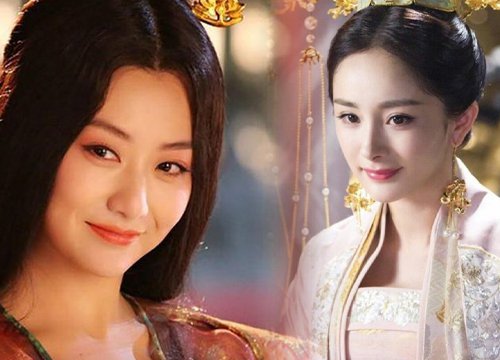
4 | 0 Discuss | Share
Egyptian history records many cases of women holding the pharaoh. Among them, the most powerful and longest reigning is Hatshepsut , whose tomb was destroyed after 20 years of "sleeping".
Hatshepsut (1508 - 1458 BC) was the eldest daughter of King Thutmose I and Queen Ahmose, the first king and queen of the Thutmoside family of the Thirteenth Dynasty.
In 1493 BC, Hatshepsut became the queen consort of King Thutmose II, his half-brother. When Thutmose II died, because Thutmose III (son of Thutmose II, grandson of Hatshepsut) was young, Hatshepsut took over as regent. Over time, though unofficially, Hatshepsut became the first female pharaoh of Egypt, holding all the kingship.
It is known that ancient Egyptian law did not forbid women to become pharaohs. But in the opinion of the time, female succession to the throne was seen as disturbing the core beliefs of the Egyptians.
She reigned the dynasty for 21 years, bringing Egypt strong, prosperous and rich. According to the description, Hatshepsut was one of the "most beautiful women" of ancient Egypt.
However, 20 years after her death, Hatshepsut's tomb was broken into and destroyed to erase her name from Egyptian history. People questioned, Thutmose III was behind the mastermind because he hated Hatshepsut for taking the throne for a long time.
However, this conspiracy is not exhaustive. The proof is that later people still know the female Pharaoh Hatshepsut. Her life became the inspiration for many epic works and movies.
A German university says researchers have discovered a carcinogen in a lotion bottle believed to belong to Queen Hatshepsut, who ruled Egypt 3,500 years ago. This finding suggests that the Queen may have accidentally poisoned herself.
The University of Bonn says it took them two years to research the dried ingredient in the jar, which is in the collection of the Egyptian Museum and has a note saying it belongs to Queen Hatshepshut.
This cream is said to be a lotion or medicine used to deal with skin disorders such as eczema.
Its ingredients include palm oil and nutmeg, along with fatty acids. The university said that Queen Hatshepsut's family also had a skin disease.
The researchers also found benzopyrene, an aromatic and highly carcinogenic hydrocarbon.
Egyptian officials say Queen Hatshepsut's mummy shows she was obese, possibly suffering from diabetes, liver cancer and died at the age of 50.
Her two-decade rule in the 15th century BC was the longest of any ancient Egyptian Queen.
The modern world has also felt a bit of an ancient royal scent as scientists perfected their research on the perfume that Queen Hatshepsut possessed.
Analyzing the metal jar used by the famous queen, a team from the Egyptian Museum, University of Bonn in Germany recently discovered residues left from Queen Hatshepsut's perfume. The next step will be an attempt to recreate the scent, it seems that this perfume is created from expensive frankincense imported from Somalia today.
Although burial items from the coffins of ancient Egyptian rulers are in museums around the world, if successful, it would be the first time researchers at the site have created a pharaoh's perfume.
Hatshepsut became one of the rare female pharaohs of ancient Egypt when her half-brother and husband, Pharaoh Thutmose II, died without a son. She became co-regent until the child of her husband with another concubine, Thutmose III, became an adult, but she ruled the throne effectively and was recognized as pharaoh by royal councils and religious officials. until her death in 1457 BC.
Although she was a woman, Hatshepsut's two decades as a pharaoh are considered particularly flourishing. According to historians, she ruled the country like a man. She also went through at least one military campaign but maintained peace for most of the Egyptian people, while also undertaking a number of impressive construction projects.
Hatshepsut is perhaps best known for her creation of southern trade routes interrupted by war, contributing to the prosperity of her empire. According to ancient documents, she also sent a caravan to the ancient land of Punt - known today as the horns of Africa - returning in boats filled with myrrh, incense and, notably, trees. The incense was then placed by her husband near her grave (the tomb was usually built just before the pharaoh died).
Curator of the Egyptian Museum, University of Bonn - said: "Agarwood was especially valuable in ancient Egypt, used only in temples and for living saints (e.g. kings). ."
The researchers believe that they discovered this very kind of incense in a gold-carved jar engraved with the queen's name. Using the X-ray technique, the liquid residue was visible at the bottom. Pharmacists will analyze this residue and break it down into components in the hope of reproducing the scent 3500 times after Hatshepsut last used it.
This person said: "I went looking for perfume residue because it was a valuable clue. The shape of the bottle also shows that it was a famous perfume bottle, originally closed with a lid. ".
The use of perfume was very common among the upper-class women of ancient Egyptian society, but they also did not use the rare type of incense.
This person added: "Perfume in ancient Egypt was a form of oil, a product only for the upper classes. The Egyptians used local flowers, fruits and aromatic woods to create their perfumes. Put the ingredients in the unscented oil until the oil smells."
Queen Hatshepsut's preference for frankincense has to do with her desire to control power - a predicament for one of the few female pharaohs in Egyptian history. Many drawings and statues of and show her dressed as a man in royal garb and some have even described her as wearing a beard. Experts in Egyptology say that carrying such a luxury product made the person dedicated to the service of gods and kings, a way of strengthening her status as a ruler. supreme ruler of Egypt.
Egyptian researchers also discovered Queen Hatshepsut's mummy in 2007 using X-ray and DNA techniques, making her the first ancient Egyptian royal figure to be identified since her death. sued King Tutankhamen (Tut) in 1922.
The Nile: A mysterious and unknown origin spanning three millennia  team youtuber18:12:18 03/06/2021Where is the origin of the Nile? The question seems to be quite simple, but it has fascinated explorers and geographers to find the answer for thousands of years. The discovery of the origin of the Nile (or Nile) was one of the most important questions of 19th century Europe. This has caused...
team youtuber18:12:18 03/06/2021Where is the origin of the Nile? The question seems to be quite simple, but it has fascinated explorers and geographers to find the answer for thousands of years. The discovery of the origin of the Nile (or Nile) was one of the most important questions of 19th century Europe. This has caused...

4 | 0 Discuss | Share

3 | 0 Discuss | Share

2 | 0 Discuss | Share

4 | 0 Discuss | Share

5 | 0 Discuss | Share
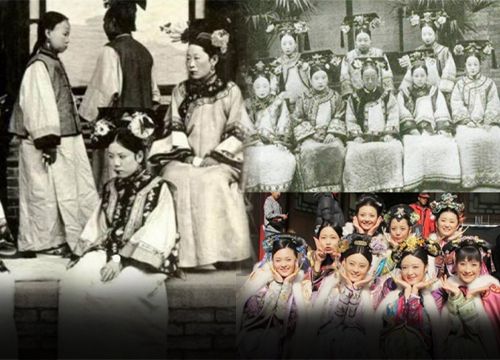
1 | 0 Discuss | Share
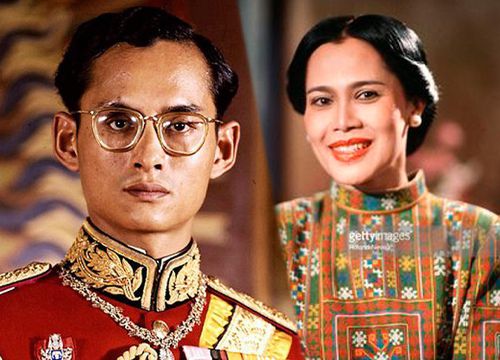
5 | 0 Discuss | Share

5 | 0 Discuss | Share

5 | 0 Discuss | Share
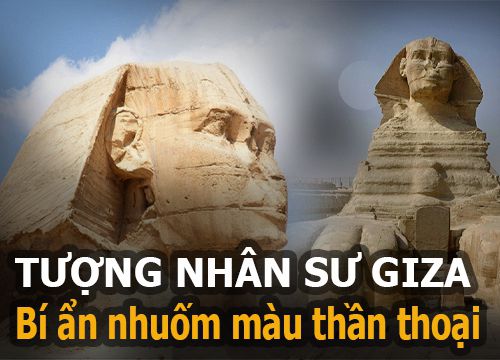
3 | 0 Discuss | Share
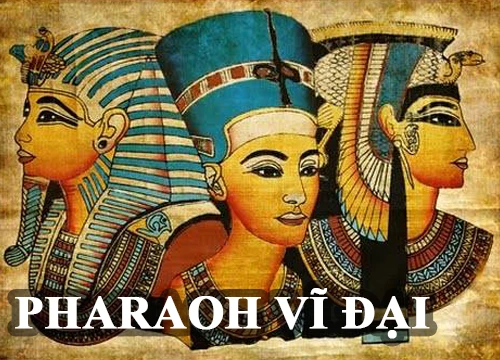
2 | 0 Discuss | Share

3 | 0 Discuss | Share
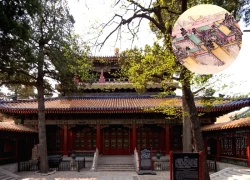





5 | 0 Discuss | Report